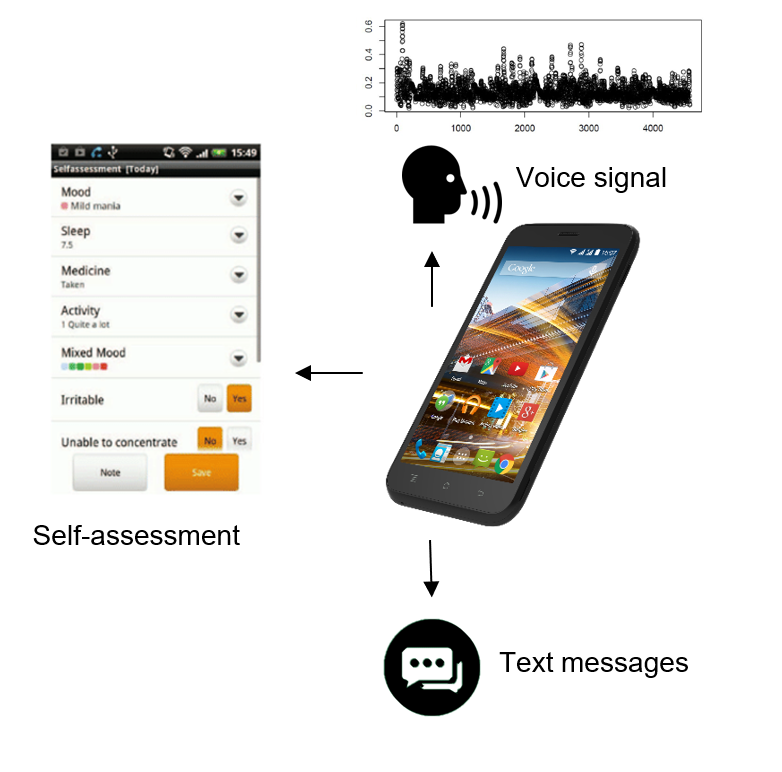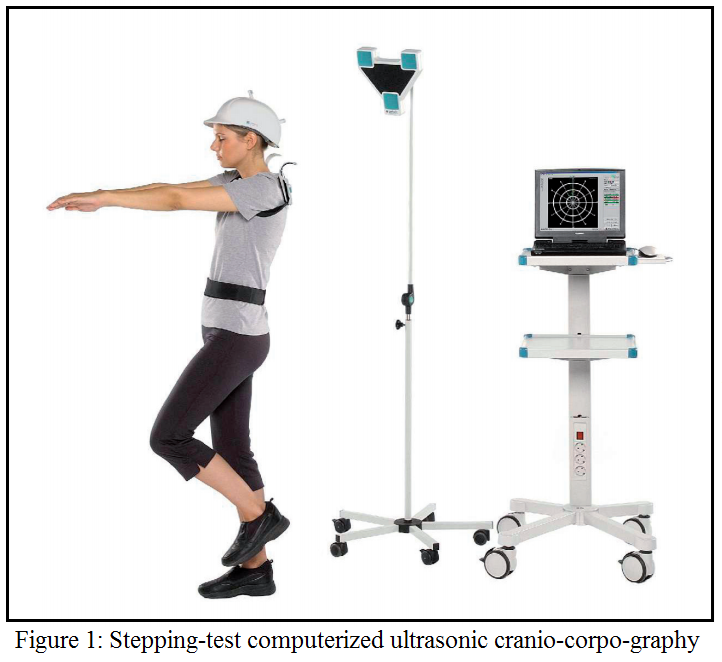Use cases
BIPOLAR will verify and demonstrate its results in two use cases. Each use case will include different scenarios, in which different modules and their aspects will be validated taking into account the perspective of the final users (psychiatrists taking care of patients). Moreover, experiences from use cases will be used to improve action outcomes (feedback-loop), guaranteeing quality of results.
Use case #1. Smartphone sensors for monitoring of depression and mania

Use case considers real-life data collected from smartphones of patients diagnosed with bipolar disorder collected by Institute of Psychiatry and Neurology in Warsaw, Poland.
Scenario 1: Intelligent identification of healthy state (euthymia). Scenario deals with computing and optimal selection of most discriminative features from smartphones including acoustic and behavioural features and intelligent identification of mental state of health. Aim of the scenario is early identification of the start of euthymia period and monitoring of stability of patient condition, in order to detect deviations from the stable period and generate alerts for abnormal behaviour.
Scenario 2: Prediction of shifts from euthymia to depression with an adjustment to individual patients. Scenario deals with semi-supervised learning using smartphone data for predicting shifts from euthymia to depression. The aim of this scenario is to move from traditional subjective psychiatric assessment towards objective real-time monitoring of increasing depressive symptoms. Personalized approaches will be developed due to high variability between patients.
Scenario 3: Prediction of shifts from euthymia to manic states. Scenario deals also with semi-supervised learning using smartphone data for predicting shifts from euthymia to the manic states. Patients with manic symptoms show a significant drop out rate and special attention to missing data shall be given (some patients stop using sensors). The aim of this scenario is to extend the semi-supervised approach developed in scenario 2 to account for the missing data and improve the early prediction of the manix/mixed states.
Use case #2: locomotor sensors for monitoring of psychomotor disturbances in depression

Use case considers real-life sensor data from 200 depressive patients selected from the database of University Hospital for Neurology and Psychiatry St. Naum. Prof. Svetlozar Haralanov will be the member of IAB.
Scenario 1: Stratification of depression states according to their locomotor inhibition or activation with an adjustment to individual patients. Scenario deals with semi-supervised learning using locomotor data for identifying latent bipolarity, having in mind that the locomotor overactivation during depressive episode predicts shifting toward manic or mixed state. The aim of this scenario is to measure the spatial-temporal equilibriometric movement patterns during one-minute execution of the stepping test of Unterberger with subsequent computerized analysis in order to stratify the depression patients into subgroups with various degrees of locomotor inhibition or activation, thus predicting the treatment response and the suicide risks. The stepping test of Unterberger was performed classically with closed eyes and its two innovative experimental variants - simplified stepping test (performed with open eyes) and complicated stepping tests (performed as dual tasks with additional cognitive and/or motor load), respectively. The combination of two or more variants of stepping tests would be superior than only the classical stepping test of Unterberger in the discrimination between patients and healthy controls, and between different subgroups of patients, on the other hand. Furthermore, it would be possible to compare the informativeness of each separate variant in such discrimination and stratification processes.
Scenario 2: Identification and investigation of individual locomotor abnormalities with objective sensor markers. This scenario deals with monitoring abnormal behaviors of individual patients. The aim of this scenario is detecting objectively measurable abnormalities at a single-patient level with subsequent objective monitoring of their dynamics (toward improvement or worsening) during treatment with antidepressants, antipsychotics, mood stabilizers, or various combinations of them. This scenario serves as a preliminary step towards personalized treatment aiming in the long-term to help clinicians to select the most appropriate treatment for individual patients.



